In his final regular season installment of this superb column, Tony Lastoria hands out his "Tony Awards", recognizing the top players in the Indians farm system in 2006. Lastoria hands out awards to the top batter, pitcher, and team in the Tribe minor league system, and also identifies his comeback, breakthrough, and most disappointing players. Big ups to Lastoria for his work this year ... as this was one of the most read columns we featured in 2006.
The Indians minor league baseball season has wrapped up, so it is time wrap the season up in the final edition of Minor Happenings with the first annual SwerbsBlurbs.com Minor League “Tony” Awards. Minor Happenings will return in late October or early November with an update on what is “happening” in the winter leagues, the Indians 40-man roster, the upcoming Rule 5 Draft, as well as many other things.
(Of note, for those that are not familiar, when listing the stats the numbers between the slashes are: batting average/ on-base percentage/ slugging percentage. For example: .310/.367/.534)
Offensive Player of the Year
The Candidates: 3B Kevin Kouzmanoff, OF Ryan Goleski, OF Brian Barton
The Skinny: Barton had a breakthrough season, hitting .323/.412/.511 with 19 HRs and 83 RBIs in 446 combined at bats between Kinston and Akron, and he also stole 41 bases. Goleski bounced back from a disappointing 2005 campaign, and hit .306/.391/.557 with 27 HRs and 106 RBIs in 445 combined at bats between Kinston and Akron. Kouzmanoff solidified himself as a top 3B prospect in all the minors, hitting .379/.437/.656 with 22 HRs and 75 RBIs in 346 combined at bats between Akron and Buffalo.
And the Tony Award goes to: Kevin Kouzmanoff
The Verdict: While Barton and Goleski put together two outstanding seasons, Kouzmanoff was simply off the charts in 2006. Kouzmanoff did have about 100 less at bats than Barton and Goleski, but the man had a 1.093 OPS for the season, which is Hafner-esque. While he did not walk much (33), he also did not strikeout a lot either (46), and he was simply an extra base hit machine with 28 2Bs, 1 3B and 22 HRs for a total of 51 extra base hits in only 346 at bats. To put this in proper perspective, Grady Sizemore leads the majors with 88 extra base hits in 616 at bats (through 9/21)...which is 1 extra base hit every 7 at bats, whereas Kouzmanoff got an extra base hit in roughly 1 out of every 6.8 at bats. Kouzmanoff's ability to hit for average and power, as well as showing an advanced two-strike approach (1 K every 8 ABs) has put him in the Indians immediate plans at 3B or 1B, and possibly even LF.
Pitcher of the Year
The Candidates: Jeremy Sowers, Adam Miller, Chuck Lofgren, Scott Lewis
The Skinny: In roughly half a season, Sowers was sensational in 15 starts at Buffalo going 9-1 with a 1.39 ERA, and in 97.1 IP held opponents to a .224 average and struckout 54. Lewis went 3-3 with a 1.48 ERA in 27 starts and held opponents to a .203 average and struckout 123 in 115.2 IP. Miller started slow, but was dominating down the stretch finishing 15-6 with a 2.75 ERA at Akron, while holding batters to a .226 average and struckout 157 in 153.2 IP. Lofgren finished 17-5 with a 2.32 ERA, and held opposing batters to a .217 average and struckout 125 batters in 139.2 IP.
And the Tony Award goes to: Adam Miller
The Verdict: This was really a two-horse race between Miller and Lofgren since Sowers really only pitched two months at Buffalo, and Lewis somewhat handicapped because of his strict pitch count of 60-70 pitches every start. Miller reaffirmed his status as the Indians #1 prospect, and Lofgren clearly established himself as the Indians #2 prospect. The duo went on to set franchise records for wins at Kinston and Akron, both were tabbed the Pitcher of the Year in their respective league, both established themselves as potential future front of the rotation starters, and both were simply dominant almost all season.
So how do you separate them? Based on numbers and performance, you really can't. In reality, the two should probably share this award, but I hate ties. So, breaking it down as far as I could to find separation, I gave the edge to Adam Miller for two reasons: 1.) He pitched at AA, is closer to the big leagues, and could see time with the Indians sometime in 2007 and 2.) more importantly Miller was simply dominant the final two months of the season. Lofgren's best two months ERA-wise were April (1.33) and June (1.80), but he seemed to fade somewhat down the stretch (3.15 in July, 3.42 in August). Miller, on the other hand, was unbelievable down the stretch and the final two months were his best months (0.29 ERA in July, 1.59 ERA in August).
Comeback Player of the Year
The Candidates: Scott Lewis, JD Martin, Ryan Goleski, Jeremy Guthrie
The Skinny: Lewis went 3-3 with a 1.48 ERA in 27 starts this year and held opponents to a .203 average. Martin appeared at several different levels this year on a rehab assignment, finishing the year 1-2 with a 2.03 ERA in 14 combined appearances (13 starts) at Mahoning Valley, Lake County and Kinston. He also logged 40 strikeouts in 44.1 IP and held opposing hitters to a .190 average. Goleski bounced back this year to hit .306 with 27 HRs and 106 RBIs combined at Kinston and Akron. Coming off a disappointing minor league career and 2005 season at Buffalo when he went 12-10 with a 5.08 ERA, Guthrie went 9-5 with a 3.14 ERA at Buffalo this season.
And the Tony Award goes to: Scott Lewis
The Verdict: This was another two-horse race, which came down to Goleski and Lewis. Guthrie put up a good season, but his ship most likely has sailed out of the organization. And, while Martin is probably one of the Indians top 5 pitching prospects, he was limited this year with his innings because of his rehab from Tommy John surgery this past off-season.
Goleski bounced back to All-Star status after a very disappointing 2005 campaign at Kinston where he hit .212 (.276 on-base%) with 17 HRs and 67 RBIs, and had a career high 137 strikeouts. Prior to 2005, he was an All-Star in 2003 at Mahoning Valley (.296, 8 HRs, 37 RBIs in 64 games) and in 2004 at Lake County (.295, 28 HRs, 104 RBIs). Lewis underwent Tommy John surgery a few years ago, and because of various arm issues he only pitched in 10 games and had pitched a total of 21 innings in his two seasons in the Indians organization coming into this season. This season, the Indians kept him on a strict 60-70 pitch count to help build arm strength and keep him healthy, and the results were fantastic as he won the Minor League ERA Title (1.48). Because of the season Lewis put together coming off of injury, his season trumped Goleski’s as the top comeback season in the system.
Biggest Breakthrough
The Candidates: Brian Barton, Jordan Brown, Wyatt Toregas, Jose Constanza
The Skinny: Barton combined to hit .323/.412/.511 with 19 HRs, 83 RBIs and 41 stolen bases at Kinston and Akron. Brown hit .290/.362/.469 with 15 HRs and 87 RBIs at Kinston. Toregas hit .294/.366/.450 with 8 HRs and 52 RBIs in 92 games combined at Kinston and Akron. Constanza hit .309/.410/.410 with 2 HRs, 36 RBIs and 39 stolen bases in 120 games combined at Lake County and Kinston.
And the Tony Award goes to: Brian Barton
The Verdict: Brown had a very good first full season in the organization, winning the Carolina League MVP award, and helped lead the offense when Kinston’s lineup was left decimated when Goleski, Trevor Crowe and Barton were all called up to Akron within a month’s time from May to June. Constanza put himself on the prospect map this year with his fine performance, mainly because of his improved plate discipline and his speed. Last year, he only hit .257/.346/.301 and only drew 43 walks, but this year improved his on-base skills with more walks (70) as well as an improved batting average. Toregas improved his offense this season as he only hit .231/.302/.321 with 5 HRs and 42 RBIs in 104 games at Lake County in 2005. But, the biggest breakthrough for him might be his defense which the Indians rave about, especially his ability to shutdown a running game.
In the end, though, Barton’s numbers were clearly the best breakthrough performance in 2006. Barton came out of nowhere in 2005 to hit .326/.442/.506 with 7 HRs, 64 RBIs and 20 stolen bases in 99 combined games at Lake County and Kinston. As an undrafted free agent signing, no one took his numbers seriously as the thought was he was too old for the league he was in last year, and hence didn’t receive much attention in top prospect ratings going into this season. No longer is that the case. Barton has now solidified himself as one of the Indians top outfield prospects with his ability to hit for average and his blend of power and speed.
Biggest Disappointment
The Candidates: Michael Aubrey, Ryan Mulhern, Stephen Head, Brad Snyder
The Skinny: Aubrey only played in 14 combined games at Kinston and Akron this year, hitting .278 with 3 HRs and 12 RBIs before being sidelined with yet another injury. After hitting .315/.390/.640 with 32 HRs and 94 RBIs in 2005 and being tabbed the organization’s top hitter last year, Mulhern hit .268/.335/.438 with 15 HRs and 69 RBIs at Akron this season. Head hit .235/.319/.377 with 14 HRs and 73 RBIs this season at Kinston, after he hit a combined .308/.349/.513 with 10 HRs and 50 RBIs at Mahoning Valley and Kinston last year. Snyder hit .270/.351/.446 with 18 HRs and 72 RBIs in a return trip to Akron this year after hitting .279/.354/.495 with 22 HRs and 82 RBIs combined at Kinston and Akron last year.
And the Tony Award goes to: Ryan Mulhern
The Verdict: Snyder’s overall numbers are mostly a carbon copy of 2005’s numbers, but he was disappointment mostly because he returned to Akron to work on his two-strike approach and failed miserably. After striking out 158 times in 2005, he matched that number in 2006 and set an Akron record for most strikeouts in a season. But, the biggest disappointment this season may not have been a specific player, but the 1B position as a whole in the Indians system. Going into the season, second to pitching, 1B arguably was considered the strongest and deepest position in the system. The Indians had four top prospects at 1B, and not just one of them floundered in 2006….but ALL OF THEM (Ryan Garko didn’t exactly light it up in Buffalo).
Aubrey has loads of talent, but just can’t stay on the field as he has only played in a total of only 42 games the last two years. But, considering he was such a big disappointment last year, it is hard to give him top billing this year. Head was very disappointing this year in that he did not build off the good debut he had last year, and all his numbers dropped significantly. Most notably his slugging percentage went from .513 in 2005 to .377 in 2006. But, to me, the biggest disappointment was Mulhern. After having a breakthrough season in 2005 at Kinston and Akron where he hit .315/.390/.640 with 32 HRs and 94 RBIs in 403 at bats, his numbers all dipped significantly this year to .268/.335/.438, 15 HRs and 69 RBIs in 452 at bats. With more at bats, his HR production was cut in half, which is a big reason his slugging percentage dropped 200 points..
Team of the Year
The Candidates: Akron, Kinston
The Skinny: Kinston finished 85-54 on the year, going 47-23 in the first half season to qualify for the playoffs, and went on to win the Carolina League Championship. The 47 wins in the first half season were a team record. Akron finished the season at 87-55, winning the Eastern League Southern Division by 10 ½ games and falling short in the Eastern League Championship Series 3 games to 2.
And the Tony Award goes to: Kinston
The Verdict: Not much of a surprise here, as overall the Indians had a disappointing season team-wise in the system this year. Only two of the seven affiliates made the playoffs in their respective league, and Buffalo was a big disappointment (virtually a carbon copy of the parent club). Kinston and Akron both had outstanding seasons, but the deciding factor here in the end is Kinston won the Carolina League Championship, while the Aeros fell a game short of repeating as Eastern League Champions. In addition, Kinston flat out dominated in the postseason going 5-0 and outscored their opponents 29-13.
All-Minor League Indians
Note, this is not a top prospect listing by position, but a listing based on performance in 2006. A quick glance through, you can see how deep the organization has become in the outfield in one year, and how there is a large void of talent in the middle infield. Also, how much of a disappointment 1B was in the system seeing how I had to place the disappointing Mulhern on the 2nd team:
1st Team:
C Max Ramirez - .292/.417/.454, 13 HRs, 63 RBIs
1B Ryan Garko - .247/.352/.420, 15 HRs, 59 RBIs
2B Eider Torres - .267/.318/.314, 2 HRs, 44 RBIs, 44 steals
SS Brandon Pinckney - .282/.339/.409, 7 HRs, 68 RBIs
3B Kevin Kouzmanoff - .379/.437/.656, 22 HRs, 75 RBIs
OF Brian Barton - .323/.412/.511, 19 HRs, 83 RBIs, 41 steals
OF Trevor Crowe - .286/.393/.405, 5 HRs, 44 RBIs, 45 steals
OF Ryan Goleski - .306/.391/.557, 27 HRs, 106 RBIs
LHP Chuck Lofgren - 17-5, 2.32 ERA, .217 BAA
RHP Adam Miller - 15-6, 2.84 ERA, .227 BAA
2nd Team:
C Wyatt Toregas - .294/.366/.450, 8 HRs, 52 RBIs
1B Ryan Mulhern - .268/.335/.438, 15 HRs, 69 RBIs
2B Rodney Choy Foo - .293/.382/.475, 12 HRs, 60 RBIs, 14 steals
SS Jerad Head - .242/.303/.455, 10 HRs, 52 RBIs
3B Andy Marte - .261/.322/.451, 15 HRs, 46 RBIs
OF Jordan Brown - .290/.362/..469, 15 HRs, 87 RBIs
OF Jose Constanza - .309/.410/.410, 2 HRs, 36 RBIs, 39 steals
OF Jason Dubois - .275/.342/.492, 22 HRs, 87 RBIs
LHP Scott Lewis - 3-3, 1.48 ERA, .203 BAA
RHP Jeremy Guthrie - 9-5, 3.14 ERA, .229 BAA



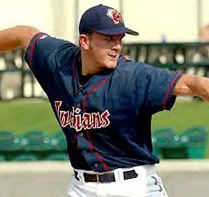
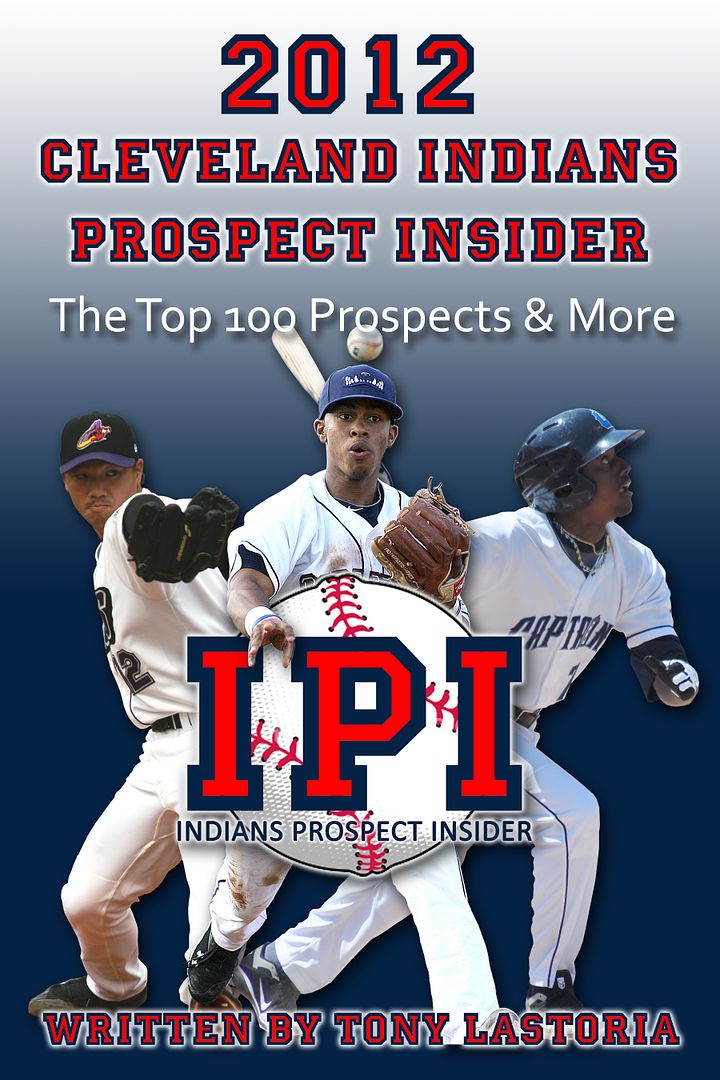
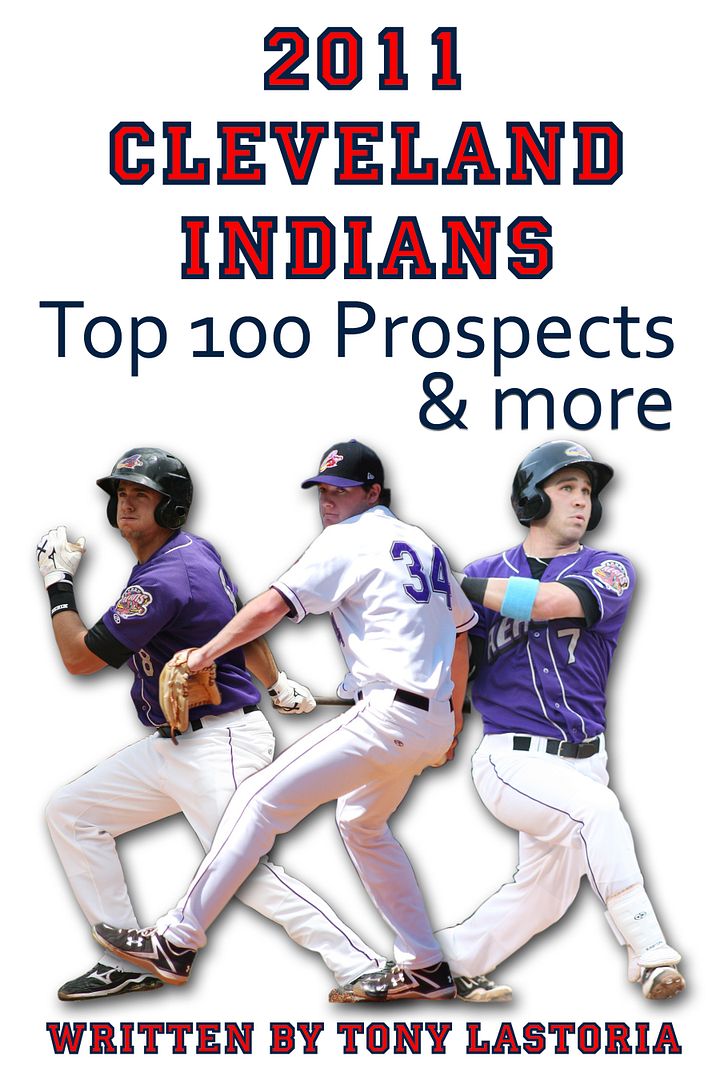
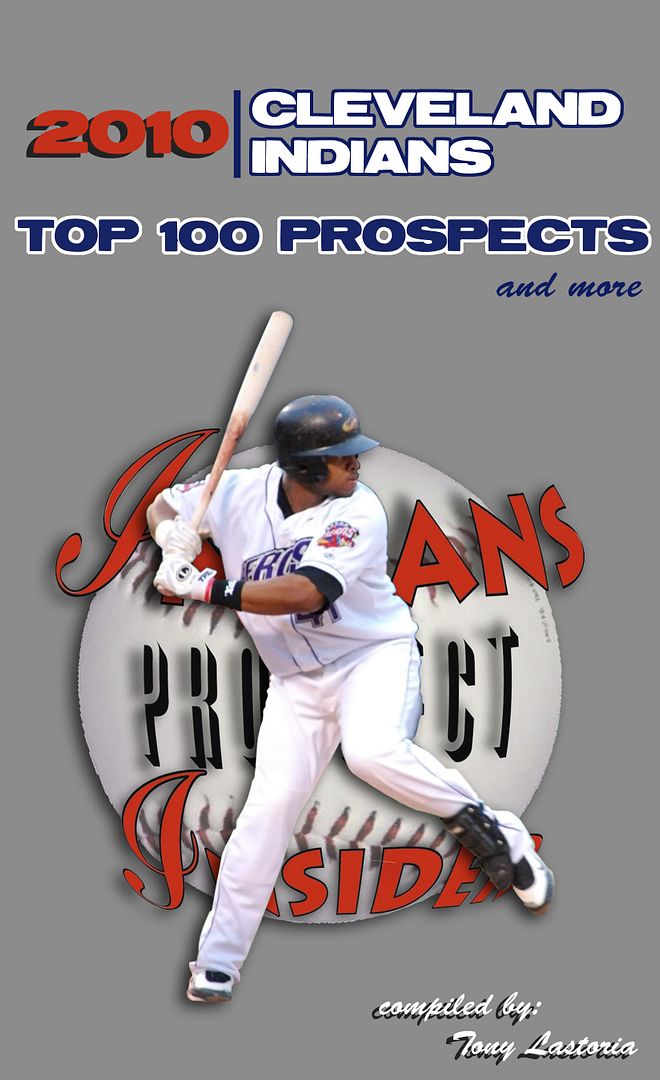
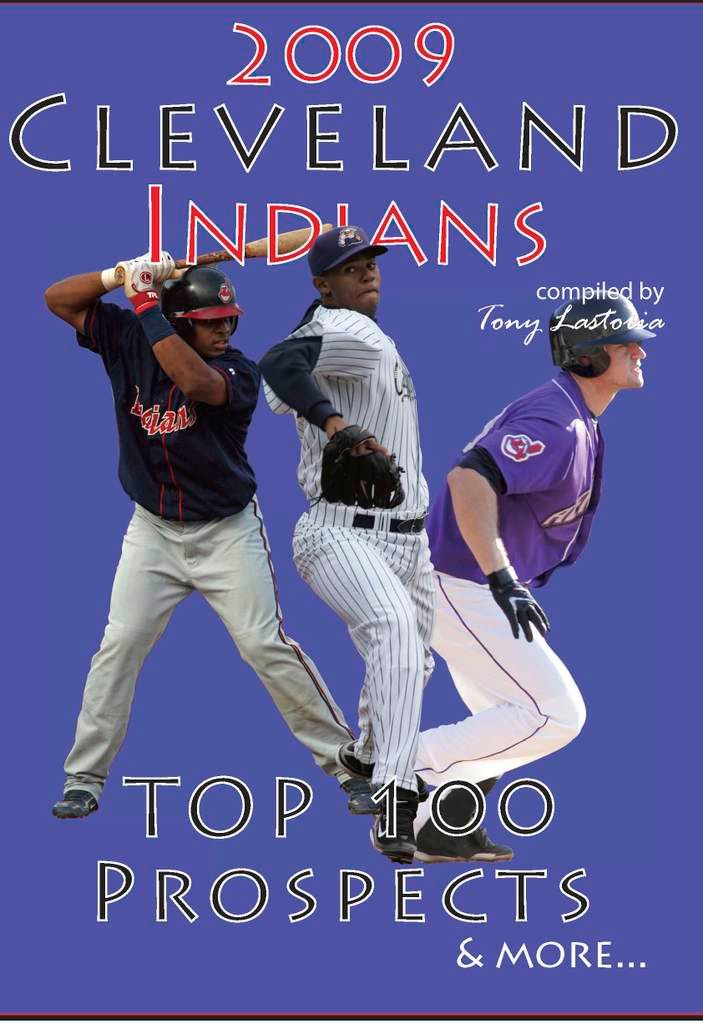
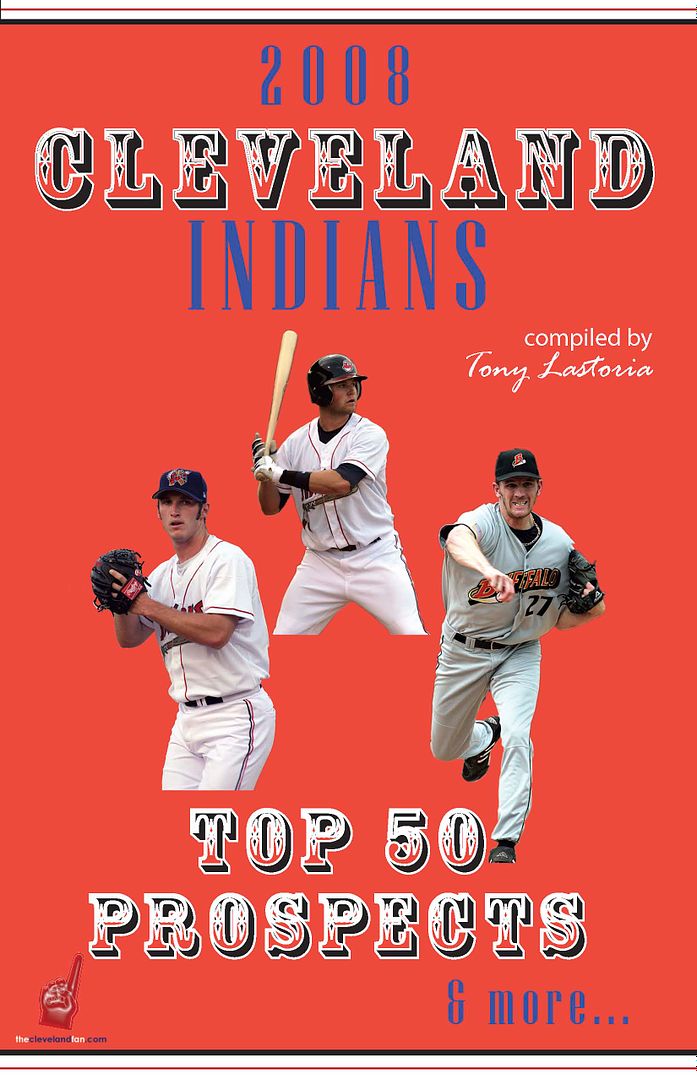
 Everything on this site is free, but for those interested in making any monetary contributions to help support the stability and growth of this site please click on the "Donate" button below.
Everything on this site is free, but for those interested in making any monetary contributions to help support the stability and growth of this site please click on the "Donate" button below.

